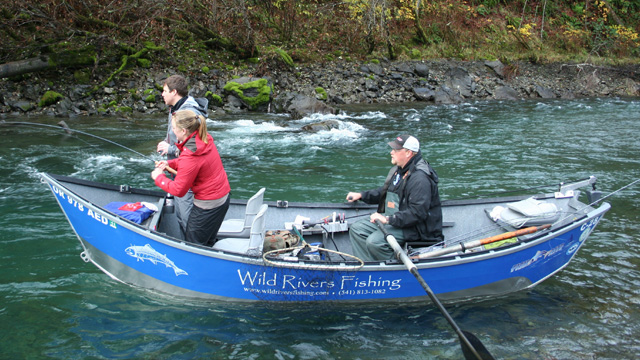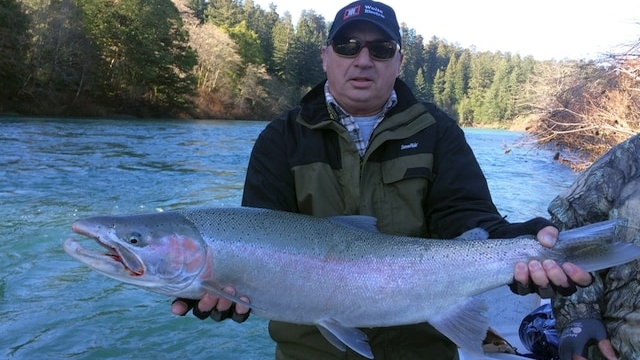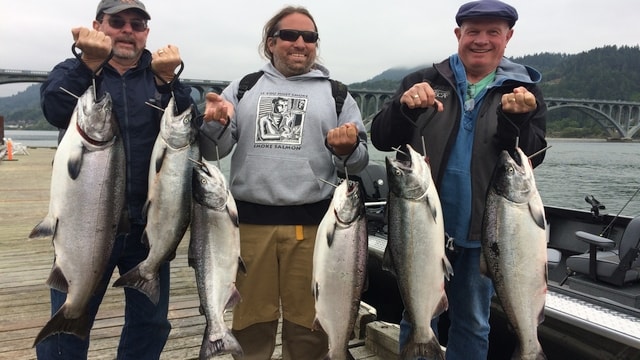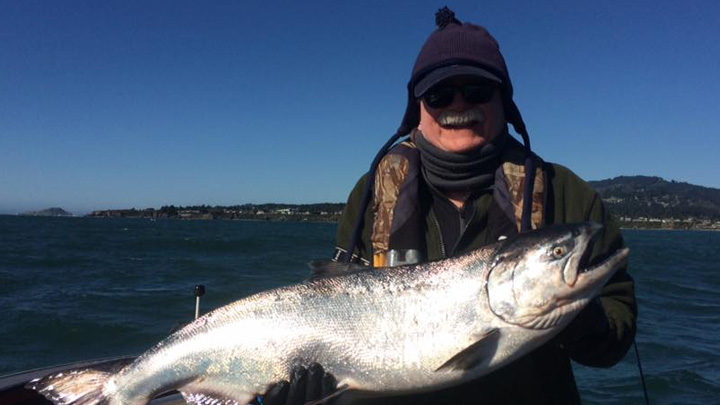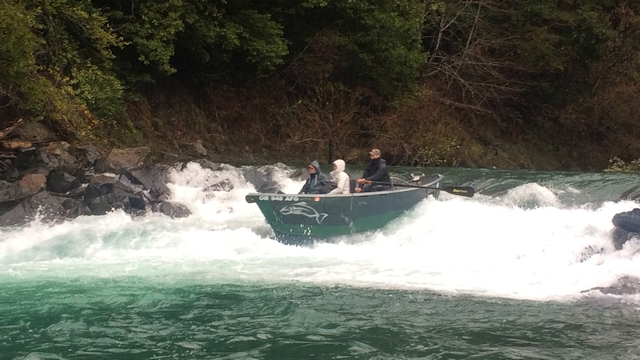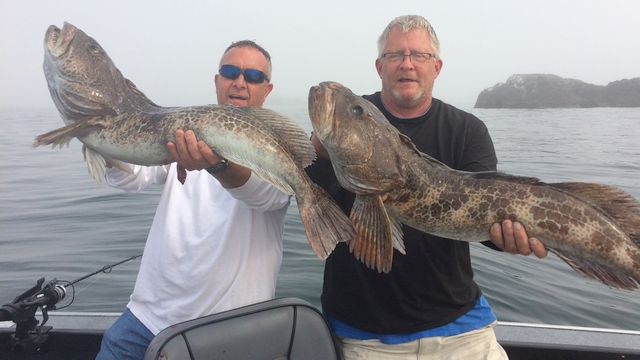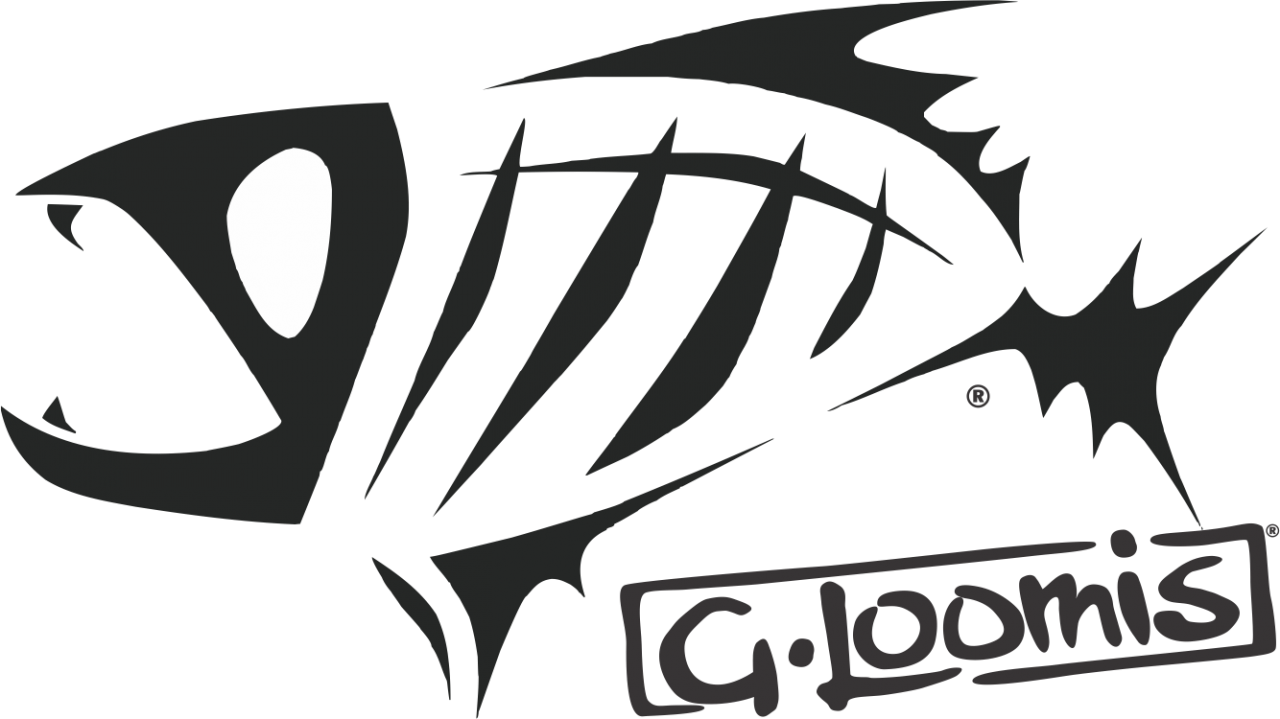Chetco River Winter Steelhead
This article appeared in the February 2009 issue of Salmon Trout Steelheader magazine
Some anglers come to Oregon’s Chetco River in hopes of catching one of the storied 20-plus-pound steelhead it produces each winter. Others are attracted by its healthy run of hatchery fish, making it one of the best bets in the state at a multiple-steelhead day. Bank anglers love the vast stretches of public access. And drift boaters who fling a small cluster of eggs into the emerald green waters of the Chetco quickly realize it’s a side-drifter’s dream.
Flowing 50 miles from high in the Siskiyou Mountains into the ocean at Brookings, the Chetco has consistently supported strong runs of wild and hatchery steelhead to rank as one of Oregon’s best winter fisheries. While the gem of the South Coast gets plenty of attention once steelhead begin showing up in December, it’s still off the radar of many Northwest anglers.
Drive through the Brookings area and you’ll notice many of the local residents have drift boats in their driveway or beside their homes. Aside from the locals, the Chetco also is extremely popular with anglers from nearby Northern California, who often outnumber Oregon residents when the fishing is good. But many steelheaders from other parts of Oregon have yet to discover why the Chetco is the favorite winter steelhead stream of many of the fishermen who have hooked into one of its chrome-bright, hard-fighting sea-run rainbows.
Healthy steelhead population
“The Chetco has a good run of steelhead,” says Steve Mazur, the Oregon Department of Fish and Wildlife’s assistant district fish biologist in Gold Beach. “All these rivers down here are doing very well.”
The Chetco has one of the highest spawning densities of wild steelhead in the state. It’s one of the few Northwest rivers where anglers can still keep wild steelhead. Each winter, some of those steelhead top 20 pounds, and numerous fish in the 15- to 18-pound range are caught.
Fueling the healthy steelhead fishery on the Chetco is ODFW’s release of 50,000 winter steelhead smolts from its broodstock program. Biologists have been collecting wild steelhead for the hatchery for the past 12 years using tangle nets. The smolts are released the following year at Social Security Bar.
Despite the relatively small number of hatchery smolts released into the Chetco, the river has a large return of clipped steelhead. When river conditions are good anytime between mid-December and early March, it’s common to see many of the shore-based plunkers and drift fishermen and drift boat side-drifters limit out on 8- to 12-pound cookie cutter hatchery fish. Hatchery fish as big as 18 pounds have been caught in recent years, revealing the success of the broodstock program.
The first winter steelhead of the season show up around Thanksgiving, while the fall Chinook spawning is at its peak. More fish trickle in through the first two weeks of December before the run builds later in the month and peaks in late January or early February.
Because the hatchery steelhead are broodstock fish, they don’t all show up at once as is the case on some Northwest rivers. The hatchery run is evenly spread out over a three-month period, producing good fishing almost every time the river drops after a heavy rain.
The Chetco’s wild fish show up at the same time. Several trophy 20-pounders are taken each winter, although Mazur has noticed many of the big fish arrive in December. March also tends to produce a fair number of trophy fish, including some of the biggest fish of the season.
Undammed and surrounded by towering fir trees in its upper section, the Chetco has some of the best winter steelhead habitat anywhere, providing a scenic backdrop for its world-class fishery.
Bank fishing
With generous bank access, the Chetco has plenty of room for anglers fishing from shore. Most of the river is accessed by North Bank Chetco River Road, which becomes Forest Road 1376 after it passes Loeb State Park.
Social Security Bar, the busiest drift boat take out on the river, is also a prime bank fishing spot. Plunkers will park near a large bend in the river that steadily turns out steelhead during a variety of conditions. Drift fishing is good at the lower and upper sections of Social Security Bar.
The mouth of the North Fork, a few miles above Social Security, is another bank fishing hot spot, and is perhaps the best shore drift-fishing spot on the river. Many of the hatchery steelhead hold below the North Fork. Parking is available beside North Bank Chetco River Road near the city’s water tower.
Loeb Park, 8 miles upstream, has more than a mile of excellent bank access. Anglers using a little imagination will notice several isolated spots to explore for drift fishing just upstream from Loeb.
The Ice Box area, also known as second bridge, has good bank access.
There are numerous gravel bars on Forest Service land with good bank access as well. All are marked, and include Miller Bar, Nook Bar, Little Redwood, South Fork and Low Water Bridge.
Drift boat fishing
In the late 1980s, a handful of Chetco River guides would arrive at the Social Security Bar takeout with limits of bright steelhead and stories of releasing another dozen fish. Soon their secret technique caught on. Side-drifting from drift boats for winter steelhead was pioneered, in part, on the Chetco. The method is now the go-to technique for steelhead fishing on the river.
Unlike streams further up the coast, where long rods, double-hook rigs with Corkies and pencil lead is used to side-drift, Chetco angler prefer shorter 7-foot-9 to 8-foot-6 rods, light leaders with Puff Balls or Fish Pills, tiny natural-colored roe clusters, and slinkies or “sploosh balls” for weight.
Loomis’ HSR930S, which is actually a 7-foot-9 Hot Shot rod rated for 8- to 15-pound test, is the staple of many Chetco River guides, while Berkley’s 8-foot-6 Air IM7 rods designed by Buzz Ramsey are the hottest-selling Chetco steelhead rods at local tackle shops.
Side-drifters will use 8- to 12-pound test mainline and 6- to 12-pound-test leaders depending on water conditions.
For weight, sploosh balls, sold as Plunk-N-Dunks, are ideal for Chetco River side-drifting. Resembling a plastic cannon ball sinker, the weights allow baits to naturally drift downstream in the long runs of the Chetco without snagging. In higher water conditions, a sploosh ball combined with a small slinky works well.
Pink, orange and yellow Puff Balls combined with a fingernail-size cluster of borax-cured eggs is the bait of choice on the Chetco for side-drifters. Pautzke’s Borax-O-Fire was one of the most productive commercial cures on the Chetco last season.
The easiest drift is from Loeb State Park to Social Security Bar. Both launches are free. Shuttles can be arranged at Riverside Market. The only riffle of concern on the drift is about two miles downstream above Tamba Bar, where the water pushes against a bunch of downed trees on the north side of the river (river right looking downstream). Be sure to methodically work the area from Moffitt Rock down to Social Security, as that’s where the bulk of the steelhead are caught.
Many boaters will motor back upstream and drift again.
Most guides are restricted from Ice Box down, since there is a limited amount of Siskiyou National Forest commercial permits for the Chetco, so boat traffic drastically decreases above river mile 10. Little Redwood, Nook Bar and Miller Bar are all good launches. All boaters must self register before drifting the Forest Service portion of the river.
